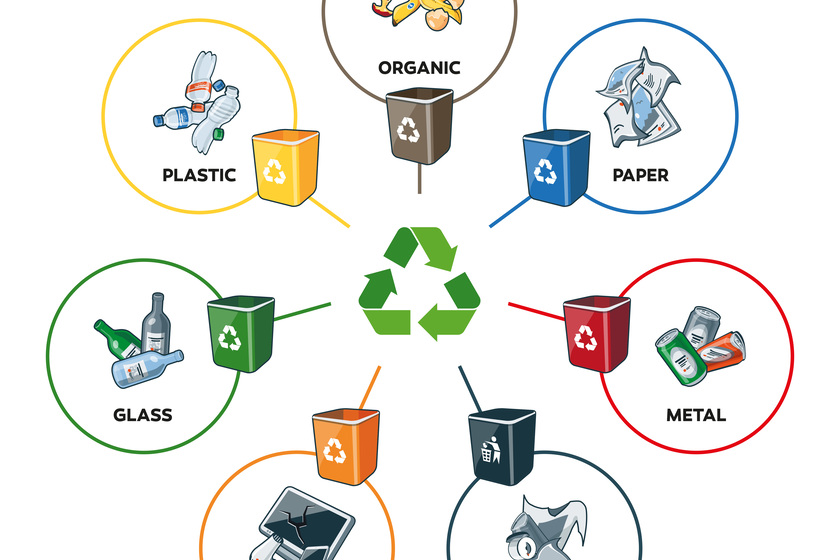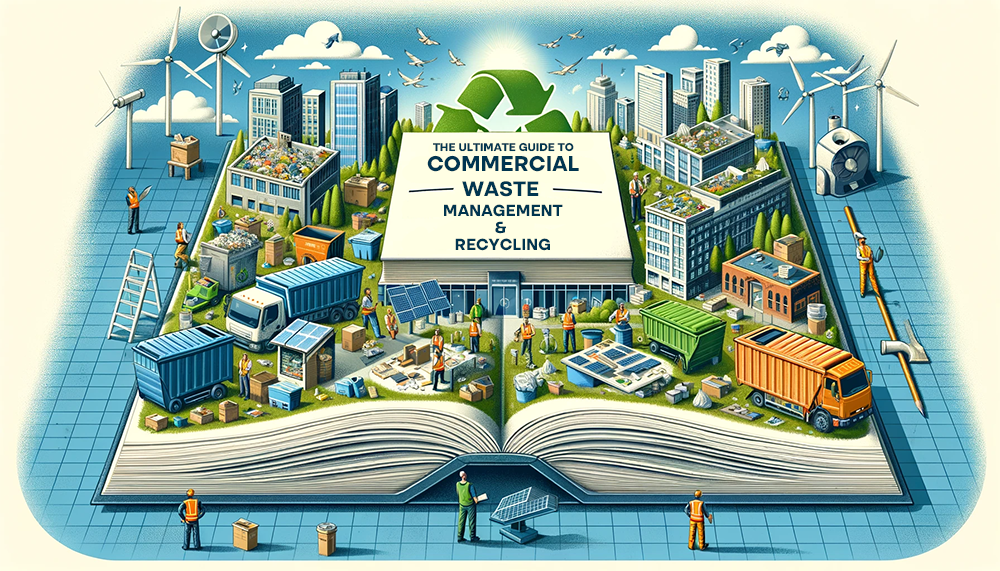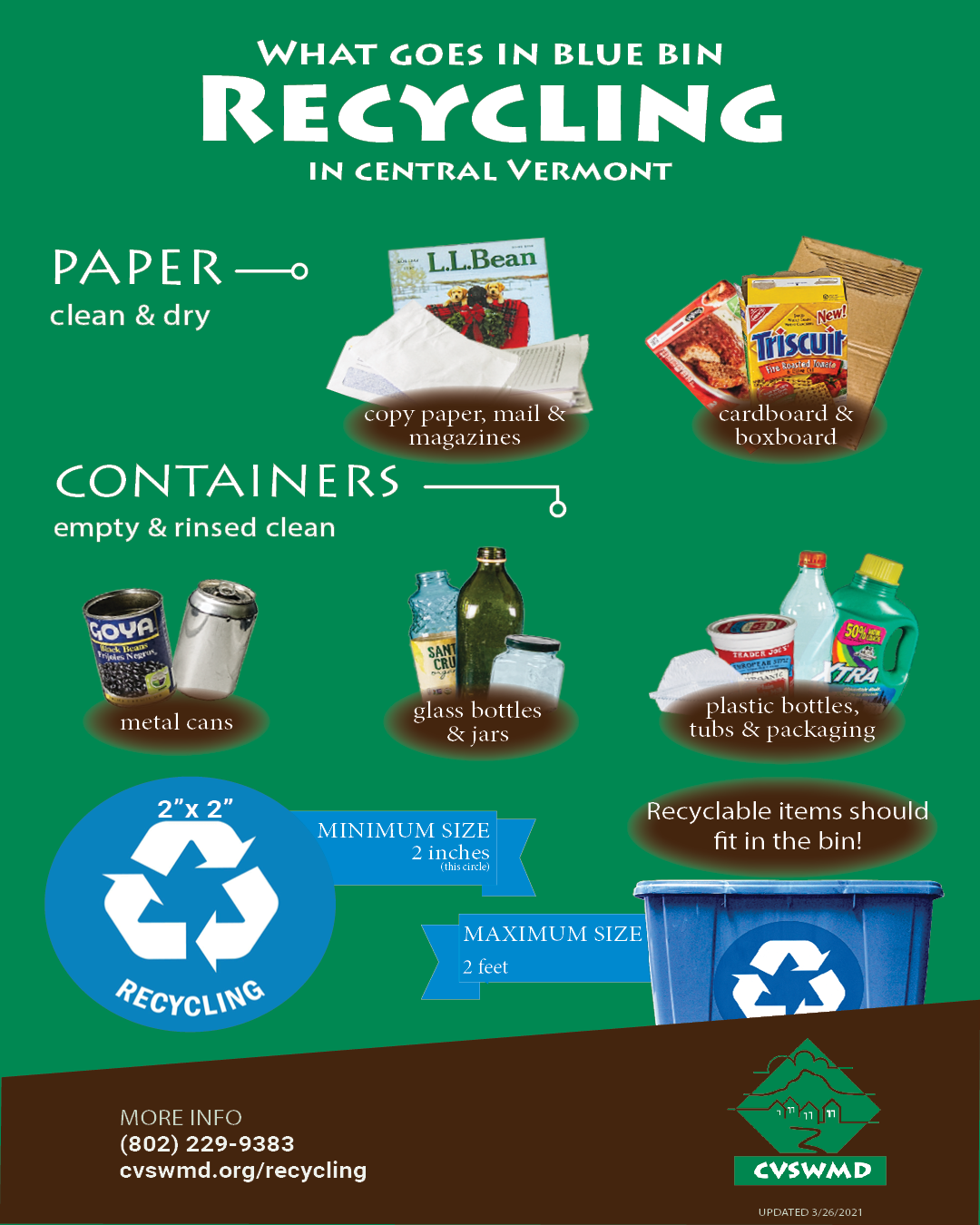The Influence of Recycling Lives Services on Communities and the Setting
The Influence of Recycling Lives Services on Communities and the Setting
Blog Article
Comprehending the Category and Handling of Numerous Types of Waste
Efficient waste monitoring is pivotal for environmental sustainability, needing a thorough understanding of the classification and handling of numerous waste types. Home waste, industrial spin-offs, unsafe products, digital refuse, and organic residues each demand distinct protocols to guarantee security and lessen eco-friendly damages. Implementing correct segregation, treatment, and disposal methods is necessary to mitigate adverse environmental effects and promote resource conservation. The composting of natural waste contrasts greatly with the complex treatments required to handle harmful compounds. This multifaceted method to waste administration highlights its complexity and the vital need for specialized knowledge in this domain name.

Household Waste
House waste, including a wide range of thrown out materials produced from day-to-day living activities, stands for a significant part of the overall waste stream - recycling lives services. This classification consists of natural waste such as food scraps, yard cuttings, and paper items, together with not natural products like plastics, metals, and glass. The diverse nature of family waste demands effective classification and monitoring to reduce ecological influence and promote sustainable living methods
Effective household waste management starts with segregation at the resource, assisting in recycling, composting, and secure disposal. Organic waste, for circumstances, can be composted to produce nutrient-rich dirt changes, reducing land fill concern and boosting soil health. Recyclable materials, consisting of paper, glass, and specific plastics, can be refined and repurposed, saving sources and decreasing power consumption connected with new product production.
Additionally, hazardous house waste such as batteries, electronic tools, and cleaning chemicals needs specialized dealing with to avoid soil and water contamination. Public understanding projects and convenient disposal alternatives play important duties in guaranteeing correct disposal and recycling of these materials. By executing durable waste decrease methods and fostering neighborhood engagement, municipalities can significantly relieve the environmental footprint of home waste.
Industrial Waste
Industrial waste, a significant factor to global waste generation, encompasses a diverse variety of materials created by production, building and construction, and various other commercial activities. This category includes spin-offs such as scrap steel, plastics, rubber, chemicals, and other deposits. The make-up and quantity of industrial waste can vary considerably depending upon the market and manufacturing procedures included. Effective monitoring of commercial waste is crucial for minimizing environmental effect and advertising lasting methods.
The handling of industrial waste usually includes a number of processes: collection, disposal, therapy, and partition. Collection systems are developed to efficiently gather waste materials from numerous resources within an industrial procedure. Partition is vital, as it guarantees recyclable materials are separated from non-recyclable ones, which can be routed towards appropriate recycling or disposal networks. Treatment processes, consisting of physical, chemical, and biological methods, are used to minimize the toxicity, quantity, and environmental influence of the waste. Lastly, disposal methods like landfilling or incineration are made use of for waste that can not be reused or treated.
Embracing strategies such as waste minimization, source recovery, and recycling can dramatically decrease the worry of hazardous waste on the environment, adding to even more sustainable commercial techniques.
Contaminated Materials

Corrosive wastes can harm or ruin living products and tissues. Combustible wastes can quickly stir up, presenting fire hazards, while responsive wastes can cause surges or release poisonous gases upon contact with various other substances.
Reliable dangerous waste monitoring includes numerous essential techniques: identification and partition of dangerous products, safe transportation and storage space, and suitable therapy and disposal. Treatment approaches may include chemical incineration, neutralization, and stablizing. Regulatory conformity is important, led by frameworks such as the Resource Preservation and Recovery Act (RCRA) in the United States, which makes sure secure and environmentally sound monitoring of contaminated materials.
Electronic Waste
Electronic waste, usually abbreviated as e-waste, stands for a growing difficulty in waste administration as a result of the quick obsolescence of technology. This classification includes a wide variety of disposed of digital tools, consisting of smart devices, computers, tvs, and house devices. The intricacy of e-waste depends on its composition; these items include a blend of important materials such as gold and copper, in addition to harmful materials like lead, cadmium, and mercury.

Regulation and regulations, such as the European Union's Waste Digital and electrical Tools (WEEE) Instruction, goal why not check here to advertise accountable e-waste monitoring. These policies mandate suppliers to assist in the collection and recycling of digital products, therefore minimizing the concern on land fills and reducing ecological contamination.
Organic Waste
Organic waste, encompassing naturally degradable materials such as food scraps, lawn trimmings, and farming residues, makes up a substantial part of the metropolitan solid waste stream. This kind of waste is remarkable not only for its volume yet also for its prospective ecological impact otherwise taken care of correctly. Organic click here for info waste can break down anaerobically in land fills, generating methane, a potent greenhouse gas adding to environment adjustment.
Proper handling of organic waste involves several strategies. Additionally, diverting food waste from land fills via contribution programs can alleviate food insecurity while minimizing waste.
Municipalities and organizations are significantly identifying the value of natural waste administration. Executing extensive organic waste reusing programs not just mitigates environmental impacts however additionally straightens with broader sustainability goals, advertising a round economy where sources are continually recycled and repurposed.
Final Thought
Efficient waste monitoring and ecological defense require a comprehensive understanding of the classification and handling of numerous waste types. Carrying out ideal methods for each waste kind ensures see here now responsible and risk-free waste monitoring practices, eventually adding to the defense of communities and public wellness.
Effective waste administration is crucial for environmental sustainability, needing a detailed understanding of the category and handling of various waste types.Family waste, incorporating a broad variety of thrown out materials generated from daily living activities, stands for a substantial part of the overall waste stream.Industrial waste, a major contributor to worldwide waste generation, incorporates a varied array of products generated by production, construction, and other industrial activities (recycling lives services).Dangerous waste, a crucial issue in waste administration, makes up materials that present considerable dangers to human health and wellness and the atmosphere due to their harmful, destructive, combustible, or reactive properties.Organic waste, encompassing biodegradable products such as food scraps, backyard trimmings, and farming residues, constitutes a significant portion of the community solid waste stream
Report this page